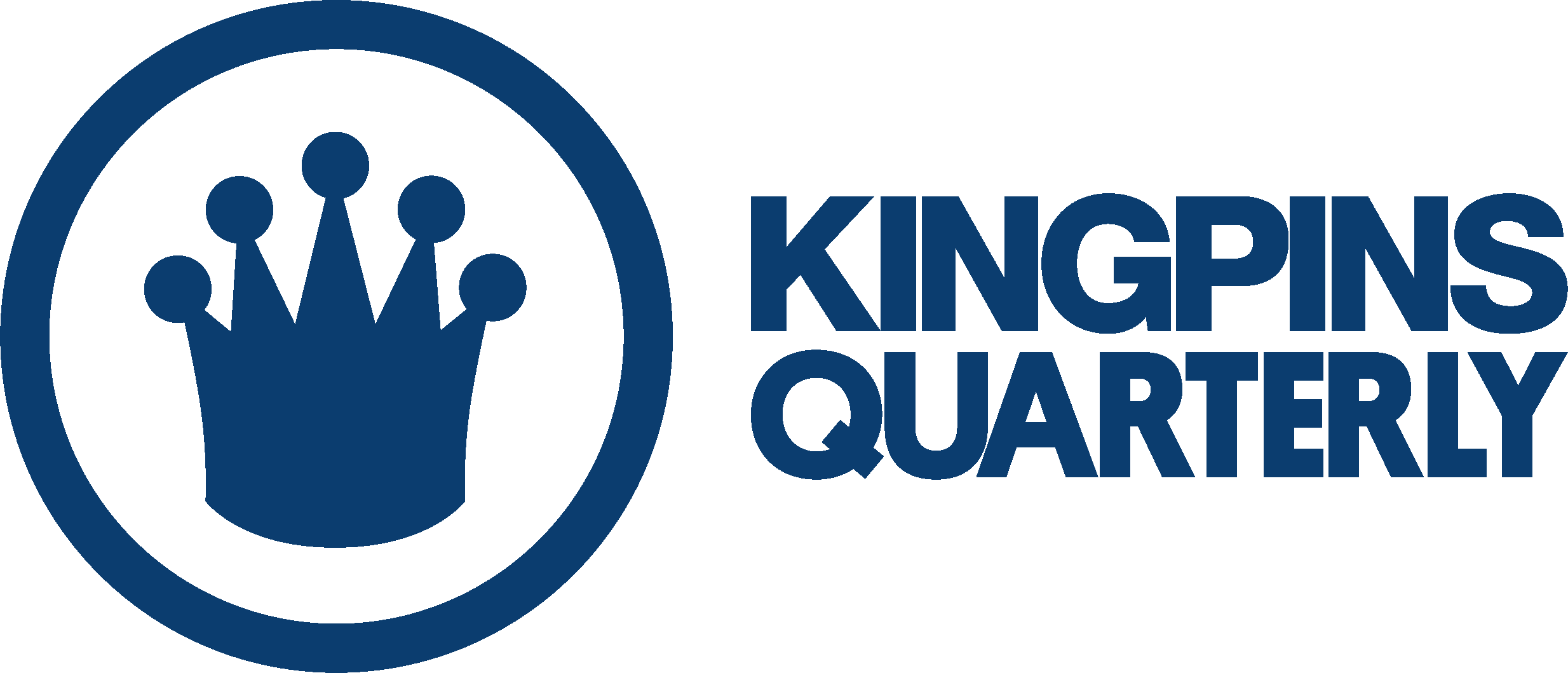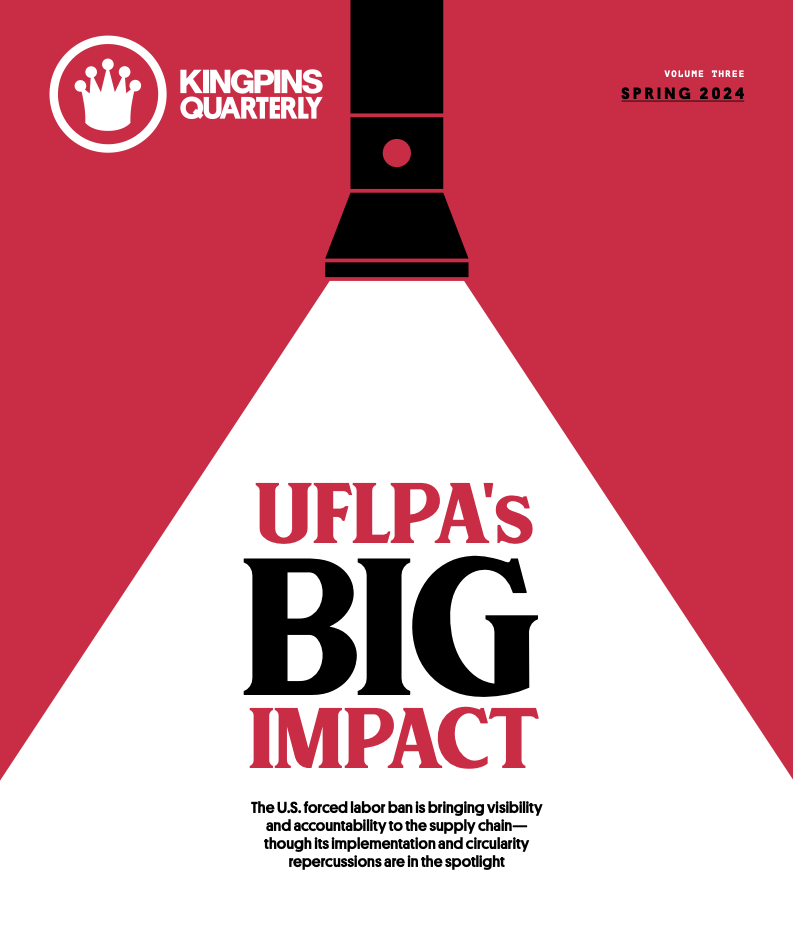Denim production diversification has gained momentum as a way to solve for increased costs of doing business, address sustainability mandates and achieve agility along the value chain. The industry’s need for a multi-country approach to risk mitigation gives suppliers with international operations—and their resulting resilience and redundancy—an advantage. But the challenges inherent with expanding across borders means only a few mills have done so through owned operations. Investing in international facilities requires them to adapt their business models to address differences in everything from climate and culture to prices and productivity.
It’s a big undertaking—one that only makes sense when demand supports it.
“Apparel companies have traditionally not been very willing to make long-term commitments about volumes,” said Patricio Ibáñez, partner at management consulting firm McKinsey & Company. “Therefore, you’re not going to make an investment of hundreds of millions of dollars if you don’t have the commitment that apparel companies are going to buy from you.”
According to the McKinsey Apparel CPO Survey 2021, “Revamping fashion sourcing: Speed and flexibility to the fore,” 45 percent of the executives surveyed expressed plans to increase the number of their suppliers with multi-country footprints by up to 25 percent by 2025. Further, the report, which reflected findings from 38 chief procurement officers across international apparel and sportswear brands and retailers, found 24 percent planned to increase reshoring.
Expanding Strategically
At the core of expanding beyond a mill’s headquarters is the need or desire to offer options that promote greater customer service. Bringing operations closer to the end consumer is a top consideration for mills that diversify. This was the motivation for Sharabati Denim’s 2017 expansion into Kadirli, Turkey, from its headquarters in Sadat City, Egypt, where founder Mohamad Sabbagh Sharabati moved from Aleppo, Syria, in 1978.
“[The location in Turkey] is close to Syria, the place where they were already doing business,” explained Alessandro Moretti Ciacci, sales and marketing director for Sharabati Denim. “It’s an industrial area where a lot of textiles are produced. It is the area where a lot of our competitors produce.”
Building on the success of its Egypt facility, which boasts a production plant for 100 million meters per year and commercial offices, the factory in Turkey took a year and a half to complete, and now has annual capacity for 45 million meters. Sharabati also added a commercial office in Istanbul. The fully vertical company counts among its clients Bestseller Group, Diesel, Everybody, Incotex Group, Mainstream, Prada, PVH Group and Replay.
Establishing operations in Turkey puts Sharabati in the heart of the denim supply chain. “In Turkey, you have a textile history,” Moretti Ciacci said. “The supply chain in Turkey is complete. You can have anything you want in textiles. Egypt is more difficult. Everyone thinks of Egypt because of the cotton but for denim and garmenting it doesn’t have a long history.”
Moving into new territory is difficult but certain mills have found that establishing relationships with international partners first, and eventually acquiring these businesses, is a more secure diversification method.
“We had partners who were established people in China and Mexico to leverage their knowledge of how the government works with approval processes, banking and things of that nature,” explained Steve Maggard, president of Cone Denim. “We bought out our partners and took full ownership. We built the second plant in Mexico ourselves, but that was several years after we had already been established in the country and had a little bit more experience.”
Cone, a subsidiary of Elevate Textiles, has been engaged in the U.S. denim business since 1891 with headquarters in Greensboro, N.C., but expanded into Latin America and China in the latter half of the early 2000s. Its vertical operations through two factories in Mexico and one in China yield a combined installed capacity of about 84 million linear yards globally. As the company eyes potential expansion to regions in Bangladesh, Indonesia and Africa, Maggard noted that it will rely on its sibling brands—Burlington performance textiles, A&E thread, and Safety Components safety and technical fabrics—for guidance.
Artistic Milliners also expanded by assuming ownership of established operations. The nearly 75-year-old, vertically integrated company extended its reach from its headquarters in Karachi, Pakistan, to Los Angeles in 2021 with the purchase of an existing laundry in Commerce, Calif., dubbed Star Fades International.
Murtaza Ahmed, director at Artistic Milliners and co-founder of SFI in Los Angeles explained there
are numerous considerations before the company commits. “We make sure there is enough labor in the region and it is cost efficient, and we have to look at the macroeconomics of that location or country and see where it’s headed with labor costs, utility costs and, of course, the most important is the speed to market— what kind of agility can that region bring?” he said.
AM/SFI’s annual production capacity stands at 88 million pounds of yarn, 108 million meters of fabric and 30 million garments with clients such as Balenciaga, EB Denim, Gap, Target, Tom Ford and Spanx through multicategory offerings. Since the launch of SFI, the company has seen its stateside location grow into a design development, financing and nearshoring hub for the Western hemisphere. It now has partners in Mexico and expanded into Guatemala in September 2023 through a partnership with Denimville, which is owned by Denimatrix, LLC.
By pursuing acquisitions and partnerships around the globe, Artistic Milliners takes the burden off of their retail partners. “Retailers don’t want to go on their own because they need a partner like us to establish the groundwork or else they’ll have to have a massive overhead,” noted Ahmed.
Learning the Ropes
Managing production across multiple countries promises immense benefits but many challenges arise when expanding into new regions. It’s not as simple as replicating the logistics from one place in another. Issues can stem from resource management and infrastructure, geopolitical instability, trade guidelines, workforce challenges, rising costs and changes in the availability of raw materials.
Workforce management is one main consideration. The availability, cost and productivity of labor can vary greatly from one country to another. While advancements in technology and a commitment to training can help bridge the gap, China remains the gold standard when it comes to productivity.
“You see factories in Asia that have productivity 3x the productivity of Central America. It is dramatic. In Latin America and Central America, they are lagging on this,” McKinsey’s Ibáñez said, noting there’s often a trade off when comparing one region to another. “Another problem is the cost of the product. We have done studies about the cost of making products in Asia versus doing it in Central America, which is at a slight disadvantage. It improves when you look at landed cost because you have lower shipping costs to the U.S.”
Beyond labor, cost advantages are tricky to count on because they can evaporate very quickly from one year to the next. Rising costs of resources have shaken economies around the globe since the onset of the Russia-Ukraine conflict in February 2022. Mills that diversified in hopes of offering greater savings for their customers are feeling the negative impacts of these changes, such as the recent 20 percent price hike of natural gas by Turkey’s energy importer BOTAS.
“These days, gas, electricity—all the things you need to produce denim in Turkey are much more expensive than in Egypt. And labor costs are now higher,” said Moretti Ciacci, who noticed a change within the last year and was forced to create separate pricing for goods made in Turkey. “You have a factor of plus or minus .20 or .25 per meter, depending on the situation. You are talking about two countries that are sensitive to interest rates, and devaluation—unstable—that makes the difference.”
Despite the advantages that come with their new locations, mills have to work to maintain the quality and composition that customers have grown to expect across facilities. Cone Denim’s Maggard said even the difference in terrain and climate can negatively impact products.
“Due to small differences in water properties—such as hardness—you have to tweak your dye formula slightly, just to take into account the different properties of the water and elevation,” Maggard said. “It requires small tweaks in manufacturing processes that are unique to each location.”
Exploring New Frontiers
The uncertainty of Covid was only the beginning of a new era of business that demands agile supply chains. The need to shorten timelines and reduce carbon footprints top sourcing executives’ to-do lists today, making both agility and nearshoring priorities. “Speed has a certain value because when you buy quicker, you don’t have to discount the goods. When you buy six months in advance and fashion changes, you discount the goods,” said Ahmed, adding that nearshoring also has ESG benefits. “It’s more sustainable to truck in goods from Mexico into the U.S. rather than ship them from Asia.”
Whether near or far, diversifying production allows mills to shift quickly when unexpected challenges arise—and these days, unforeseens are a given.
“If there is a hurricane or a typhoon coming through and it’s causing delays out of China then we can offer production out of Mexico,” said Maggard, who explained diversification also enables mills to accommodate a spike in demand. “If our facilities are full and business is very strong, having three facilities enables us to move production around and help our customers by keeping real aggressive lead times.”
Mills are looking beyond the production possibilities in their new locations to determine how they can create a variety of other offerings through their regional locations. Moretti Ciacci has developed a vision beyond Sharabati’s production offerings to examine additional opportunities for the company across different countries.
“In Tunisia, we have our own office and warehouse. That is a service you can offer to cut short the timing,” Moretti Ciacci said. “That could be another possibility. Doing something like that in Pakistan or Bangladesh, those countries are not easy from a financial and legislation import-export point of view but it’s feasible.”




